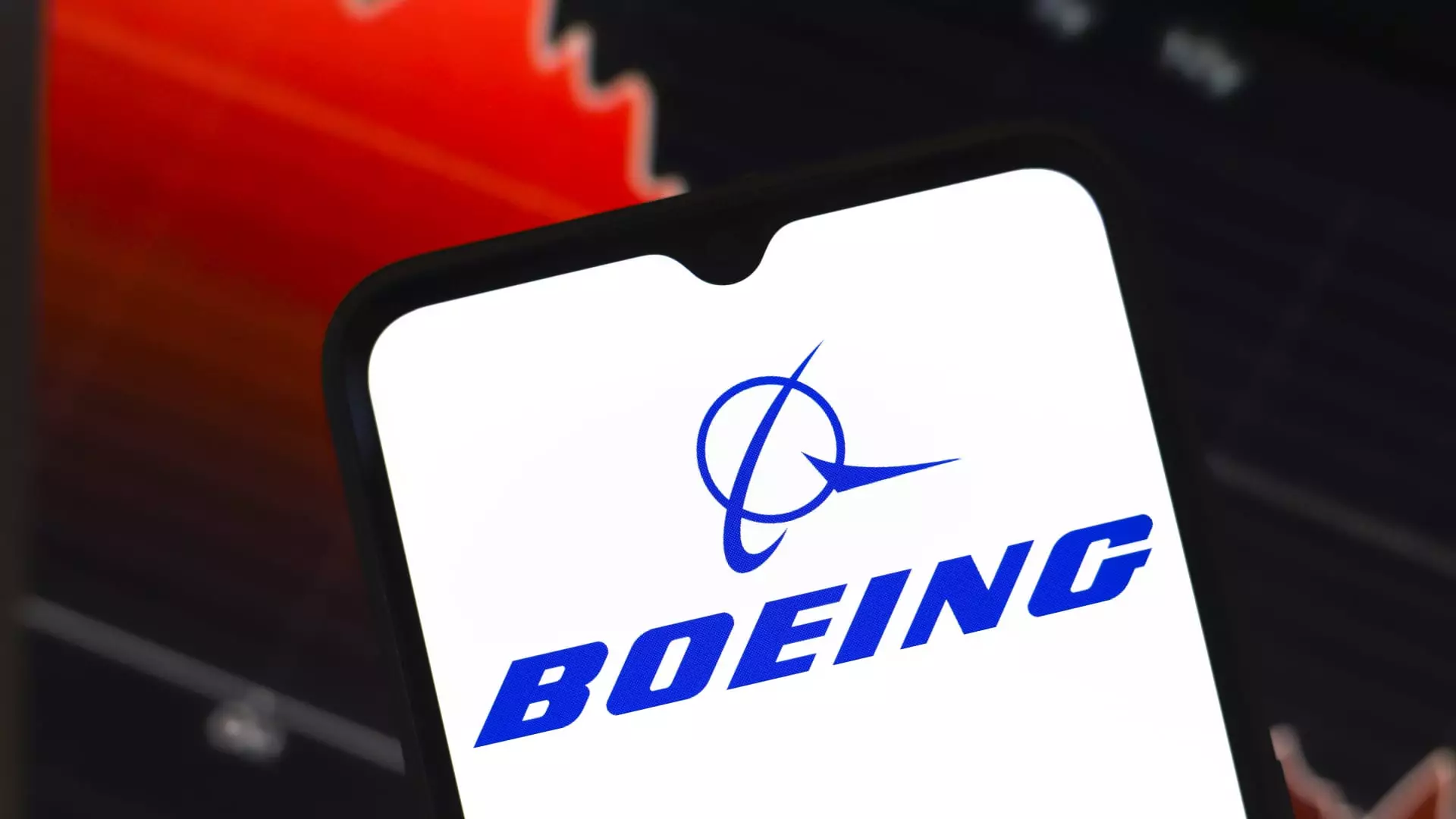The aerospace sector has been fraught with challenges, particularly for giant companies like Boeing. Investors are faced with navigating a landscape that has been marked by quality control concerns and industrial strikes, resulting in a staggering 32% decline in Boeing’s stock value last year. However, as highlighted by Tim Seymour of Seymour Asset Management on CNBC’s “Power Lunch,” dismissing Boeing’s stock outright may not be the wisest move for investors. This article delves into the current trajectory of Boeing, assesses CVS Health’s recovery, and contrasts it with Intel’s struggles.
Following its nadir of $138.14 in November 2024, Boeing’s stock has shown a remarkable rebound, climbing nearly 34% thereafter. According to Seymour, now is not the time for investors to abandon this aerospace titan. His assertion that “I can’t quit Boeing” underscores the notion that despite its past troubles, the company’s future may be brighter than its recent history suggests.
Seymour emphasizes the importance of companies regaining control over their operations, a feat Boeing seems to have achieved. After a lengthy period of significant cash burn with negligible profits, Seymour firmly believes that Boeing is on the cusp of becoming cash-flow positive, projecting this milestone for 2026. Investors should take heed: the road to profitability will see 2025 used as a preparatory year, leading into what Seymour describes as a potential “free-cash-flow machine.” This perspective calls for a balanced view of Boeing, wherein long-term investors might find value against the backdrop of past volatility.
In stark contrast to Boeing’s narrative of gradual recovery, CVS Health has swiftly transitioned from a 43% decline last year to a remarkable 47% surge in early 2025. This increase can be attributed to a series of well-executed strategies following a strong fourth-quarter earnings report that exceeded analyst expectations. The pharmacy retailer reported an adjusted profit of $1.19 per share on revenues of $97.71 billion, showcasing a turnaround initiative largely credited to leadership changes within the company.
Seymour aptly describes CVS as a “turnaround story,” indicating that fresh leadership under CEO David Joyner is effectively steering the company towards enhanced profitability. With a renewed focus on Aetna’s health insurance margins and a conscious effort to “right-size” operations, CVS seems to be shedding the burdens of previous missteps. This revitalization offers a compelling case for investors looking for stocks with strong execution strategies and growth potential.
On the flip side of the investment spectrum lies Intel, which Seymour categorically advises investors to steer clear of. Despite a slight bounce-back of nearly 24% after a series of reassuring statements about American technology defenses, the stock’s dismal 60% decline last year signifies deeper systemic issues. Seymour’s lament about feeling “betrayed” by Intel reflects a broader sentiment of frustration among investors who have witnessed the company’s inability to navigate changing technological landscapes effectively.
Intel’s struggles can be encapsulated by Seymour’s description of it as a “rudderless ship.” This metaphor not only signifies a lack of direction in leadership but also a pressing need for strategic overhaul to regain its former glory. Without a solid plan and a capable CEO at the helm, Intel risks alienating its investors further.
The contrasting outcomes showcased through Boeing, CVS Health, and Intel emphasize the volatile and unpredictable nature of investing in large corporations. While Boeing and CVS Health signal the potential for recovery and growth through strategic adjustments, Intel’s plight serves as a cautionary example of what happens when companies falter in leadership and direction. For investors, the recommendation is clear: perform diligent research and keep an eye on both the macroeconomic factors and their underlying operational health. In this ever-evolving market landscape, astute investors might more readily identify opportunity amid adversity.

